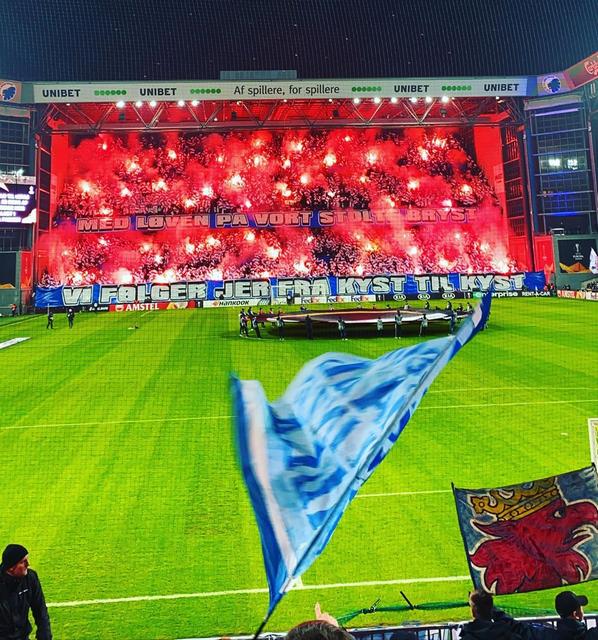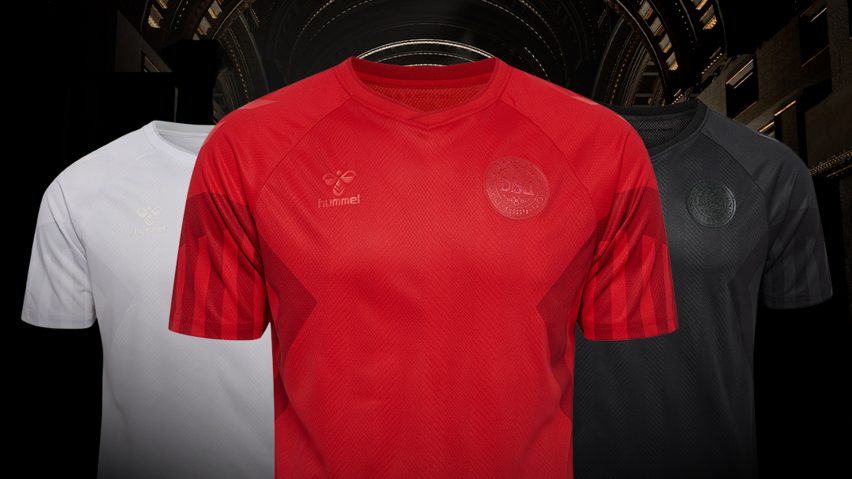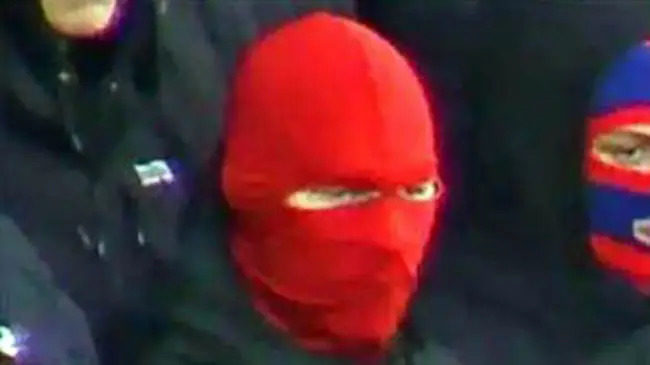According to Norwegian sports sociologist Arve Hjelseth, there are six general factors in defining and characterizing rivalries, they are: politics, religion, geography, sports, social class, and values. The first five are quite common to be found in every league, yet the last one is arguably rare and can be noticed in some of the biggest Danish football derbies.
The New Firm: FC Copenhagen vs Brøndby IF
People often argue that there is only one derby in Denmark and that is a massive one. The Derby of Copenhagen is the biggest and fiercest derby in Scandinavia. In fact, it is also called as the “New Firm”, taking references from the “Old Firm” that meets Glasgow’s Celtics and Rangers.

FC Copenhagen was established in 1992 through a merger between two old Copenhagen clubs Kjøbenhavns Boldklub and Boldklubben 1903 and immediately won the Danish Superliga. Yet, they only started to dominate the Danish league in the new millennium by securing 14 Danish Superliga trophies and 8 Danish Cups. Meanwhile, Brøndby IF was also formed out of a merger between two Brøndby clubs in 1964 and has won 11 Danish championship titles as well as seven Danish Cups. The two stadiums of Copenhagen’s Parken and Brøndby Stadium are located only 15 kilometers apart.
In terms of values, this derby can be seen as the struggle of the old versus the new in which it is perceived that Brøndby’s traditions are threatened by FC Copenhagen as the alternative between the two.
Yet, it is important to know that The Lions’ history is rooted in Kjøbenhavns Boldklub, the oldest football club in Continental Europe that was born out of Copenhageners’ flourishing interest in the sport. In addition to that, Brøndby is deemed by many as a more working-class club from the suburbs.
In terms of supporters, FC Copenhagen has attracted one of Scandinavia’s highest attendances in which there are several groups such as the most visible group of Urban Crew and Copenhagen Casuals supporting out of the famous Sektion 12. The hardcore fans of Copenhagen are reportedly to have a good relationship with Hamburg SV, Glasgow Rangers, as well as their neighbor Helsingborgs IF.
Brøndby IF is also famous for its prolific ultra fanscene. Yet, reports also said that 57% of Brøndby fans are coming from Jutland, unlike that of The Lions who are from and live in the area of Copenhagen. This number might come from the fact that Brøndby’s success was undoubted during the 80s and 90s. Some of the famous groups within the stand are Fri Sport and ultras-influenced Alpha who stands in the middle of Brøndby’s famed Sydsiden.
Confrontations have taken place since years ago. It is argued that the derby on Friday 23 September 1994 or famously dubbed by the media as Black Friday is when hooliganism set foot in Denmark as Brøndby’s corteo vandalized vehicles and robbed kiosks. Unrest also kicked off on the terrace.
Hooliganregister was proposed 5 years after that and the project came into force on 1 July 2008, not long after the 2006 derby where 120 people were arrested. The hooliganregister is a list of people who are banned from attending certain sporting events for up to two years. In 2022, there were 116 people registered, more than twice the number registered five years ago, in which more than half of them are connected to FC Copenhagen and Brøndby IF.
The Derby of Copenhagen is said to be way bigger today than it was ten years ago, arguably due to the rising supporter culture in the country. Rivalry is still as violent as ever, despite some actions involving hooligans now might take place in the forests instead.
Nevertheless, some also claimed that it has been going downhill for the last few years, resulting from various factors such as bans as well as extreme media coverage of even the smallest trouble. Consequently, families and sponsors are the main priorities now while the hardcore fans who sweat and bled for the team felt that they are treated as second-class citizens.
*Before FC Copenhagen was founded in 1992, the rivalry between Brøndby IF and Aarhus GF was considered massive.
The Battle of the Heath: FC Midtjylland vs Viborg FF
Also known as The Battle of Hatred or the Central Jutland Derby, this derby is claimed to be the second biggest in Denmark after The New Firm. The two cities of Herning where Midtjylland plays and Viborg are only around 45km apart.

Interestingly, Viborg FF claimed that FC Midtjylland, the first team of Denmark national team’s captain Simon Kjær, do not represent Central Jutland, hence the reason The Greens considered them a West Jutland team instead. According to them, Viborg FF is the true representation of Central Jutland and FC Midtjylland should not come and call themselves something that they are not.
In addition to that, respect for traditions is argued as a major factor that differentiates the two cities. According to the Black Wolves, one of FC Midtjylland supporter groups, the city of Viborg sticks firmly to traditions as shown by the cathedral as well as the nickname of “The Old Capital” due to Viborg being one of Denmark’s oldest cities whereas its roots can be traced back to reports of Viking settlements from the late 8th century, while Herning is a more practical city to the extent that if they want to do something, then they will do it.
Battle of Jutland: Aarhus GF vs Aalborg BK
Also called as “Den Jyske Klassiker” or The Jutland Classic, this derby is a match between two of Jutland’s largest cities as well as popular and oldest clubs with several historic trophies. The 1880-founded Aarhus Gymnastikforening (AGF) has won five Danish championship titles and is holding the record of nine Danish Cups.
Meanwhile, Aalborg Boldspilklub (AaB) was founded 5 years later by English engineers who were building Jutland’s railway system. Also known as De røde or The Reds, Aalborg BK has won four Danish Superliga and three Danish Cup trophies in which the team won “the double” back in 2014.

Despite the traditional rivalry with Aalborg BK, Aarhus GF saw a new local rivalry with the 2003-created Randers FC as both clubs are representing East Jutland. Nevertheless, The Battle of Jutland or The Jutland Classic is still considered as one of Danish football’s biggest games, especially by the respective supporter groups that are thriving, where massive crowds and fanatical tifo is expected on the matchday.
*Aarhus GF’s other rival is Vejle Boldklub, a Jutland-based club that was formed 131 years ago and has won five Danish championships and six Danish Cups.
The Battle of North Zealand: FC Nordsjælland vs. Lyngby BK
FC Nordsjælland’s Right to Dream Park in Farum is only 15 kilometers from Lyngby Stadium. Other than the geographical factor, this battle also involves the element of values. For instance, a noticeable aspect within these two clubs is that big players and promising talents have moved from Lyngby BK to FC Nordsjælland in one-way traffic. This kind of transfer has resulted in a negative perception that the red and yellow team is challenging Lyngby’s historical position.
Founded in 1921, the Vikings have won two Danish championship titles and three Danish Cups. Meanwhile, FC Nordsjælland was founded in 2003 through the re-branding of Farum BK, hence aiming to represent the town of Farum as well as the region of North Zealand. The Tigers has won the Danish Superliga once in 2012, they also finished second the next year. Added to that, FC Nordsjælland also won the Danish Cup in 2010 and successfully defended it a year later.
HONORABLE MENTIONS
Öresund Derby: FC Copenhagen vs Malmö FF
Two teams from two nations. This very derby is quite unique as it draws two teams from two different countries. The proximity between the two cities is the major factor in the derby. To emphasize this point, the Danish capital and Skåne’s largest city are only separated by a 30-minute train ride across the Öresund Bridge that connects the two countries, hence the name. Fans of the popular series “The Bridge” are undoubtedly aware of this distance.

Both clubs race to prove their own as the most successful club in Scandinavia. Unfortunately, the two do not meet that often as they compete in their national leagues. Their last fixture was at the end of 2019, an unusual competitive fixture as the two are drawn in the same Europa League group in which the Skåne team came out as the group winner by beating FC Copenhagen in Parken.
Geographically, Malmö is closer to Copenhagen than to their regional rival, Helsingborg IF. Malmö and Copenhagen is only 43km apart while the distance between the two Skåne teams is around 66km. Added to that, most of the other big clubs are located way further in the Stockholm area and Gothenburg. Hence probably the reason that the Skåne team puts more focus on their Danish opponent, even though the Danes might perceive that this derby is not as big as The New Firm.



